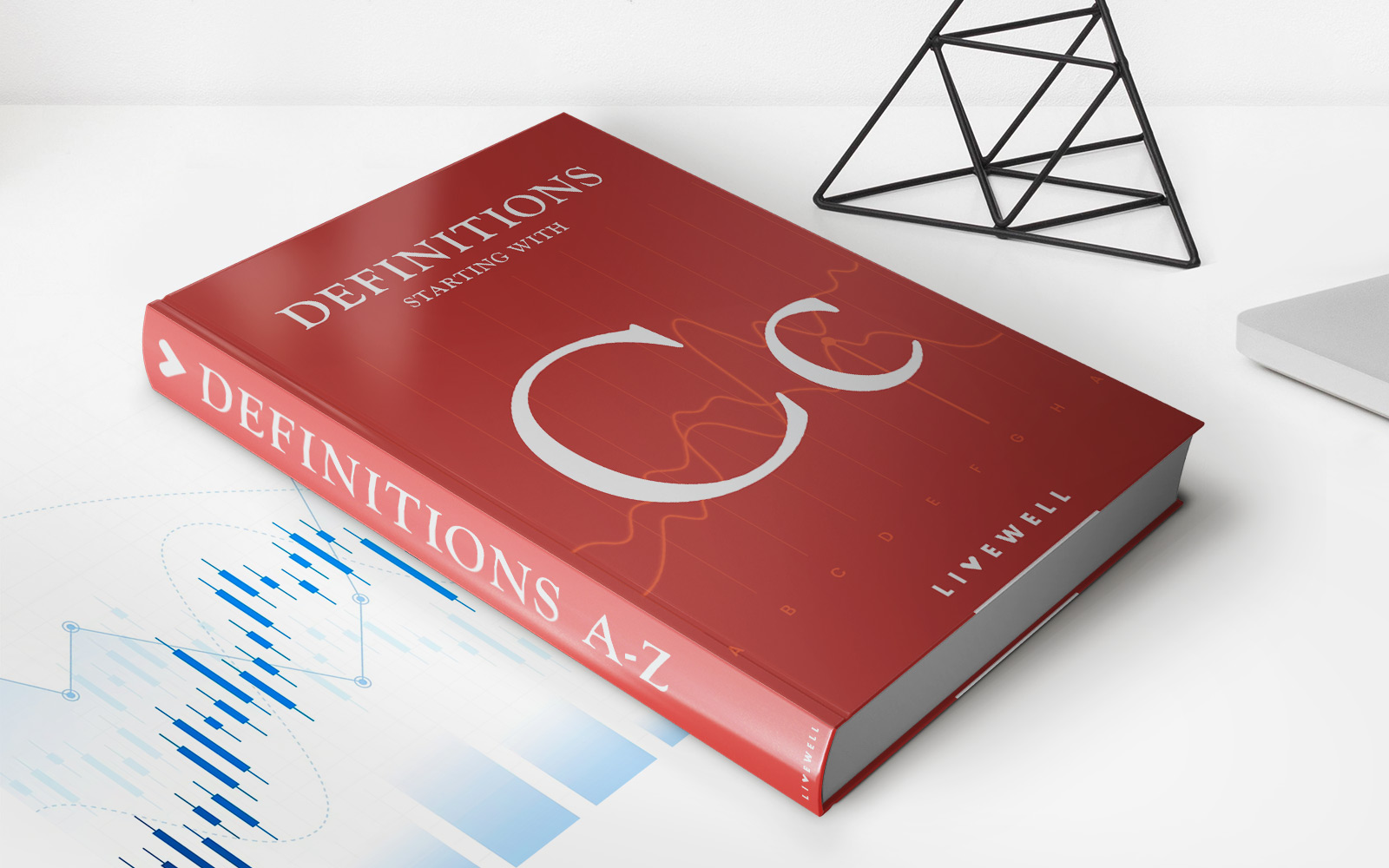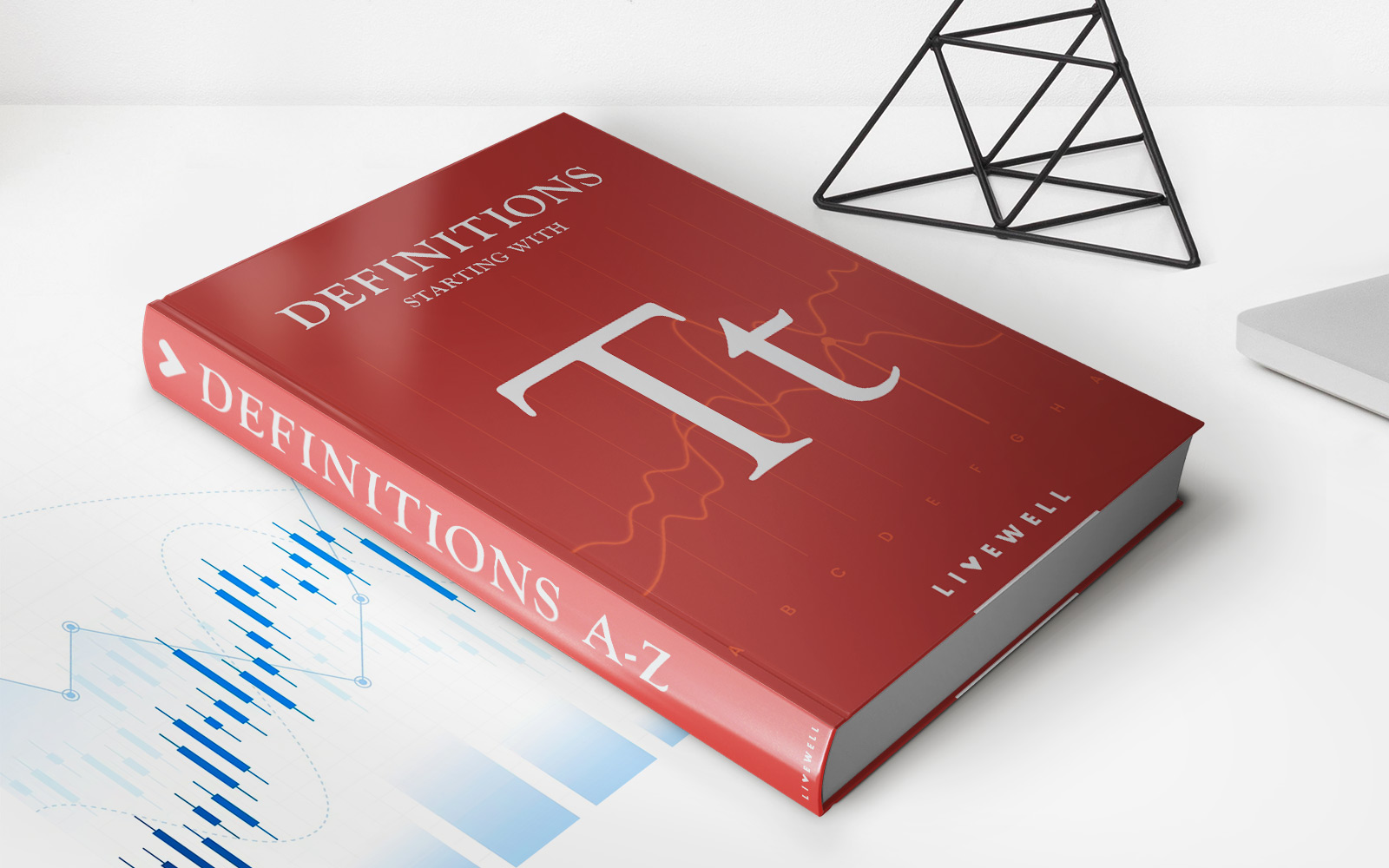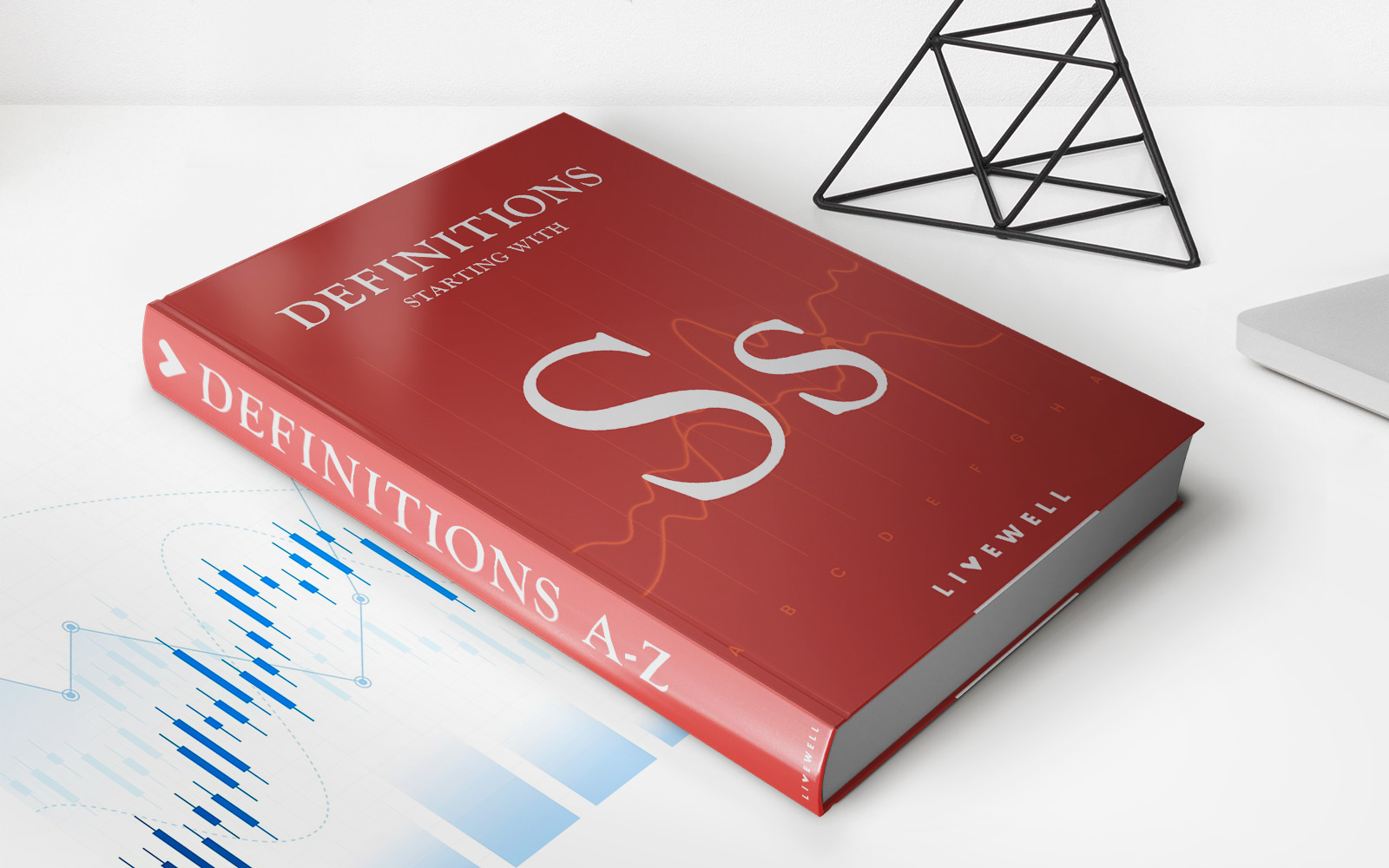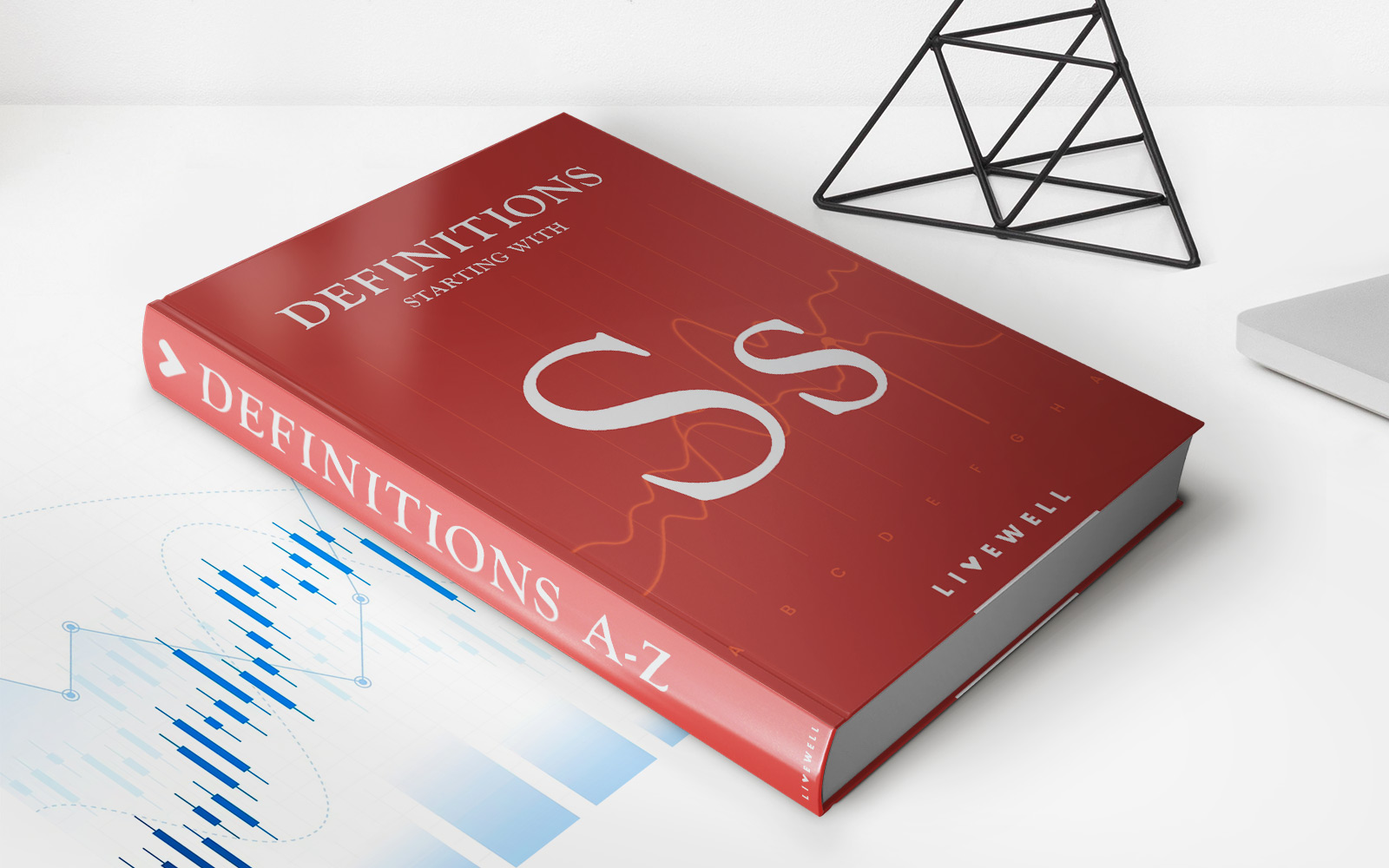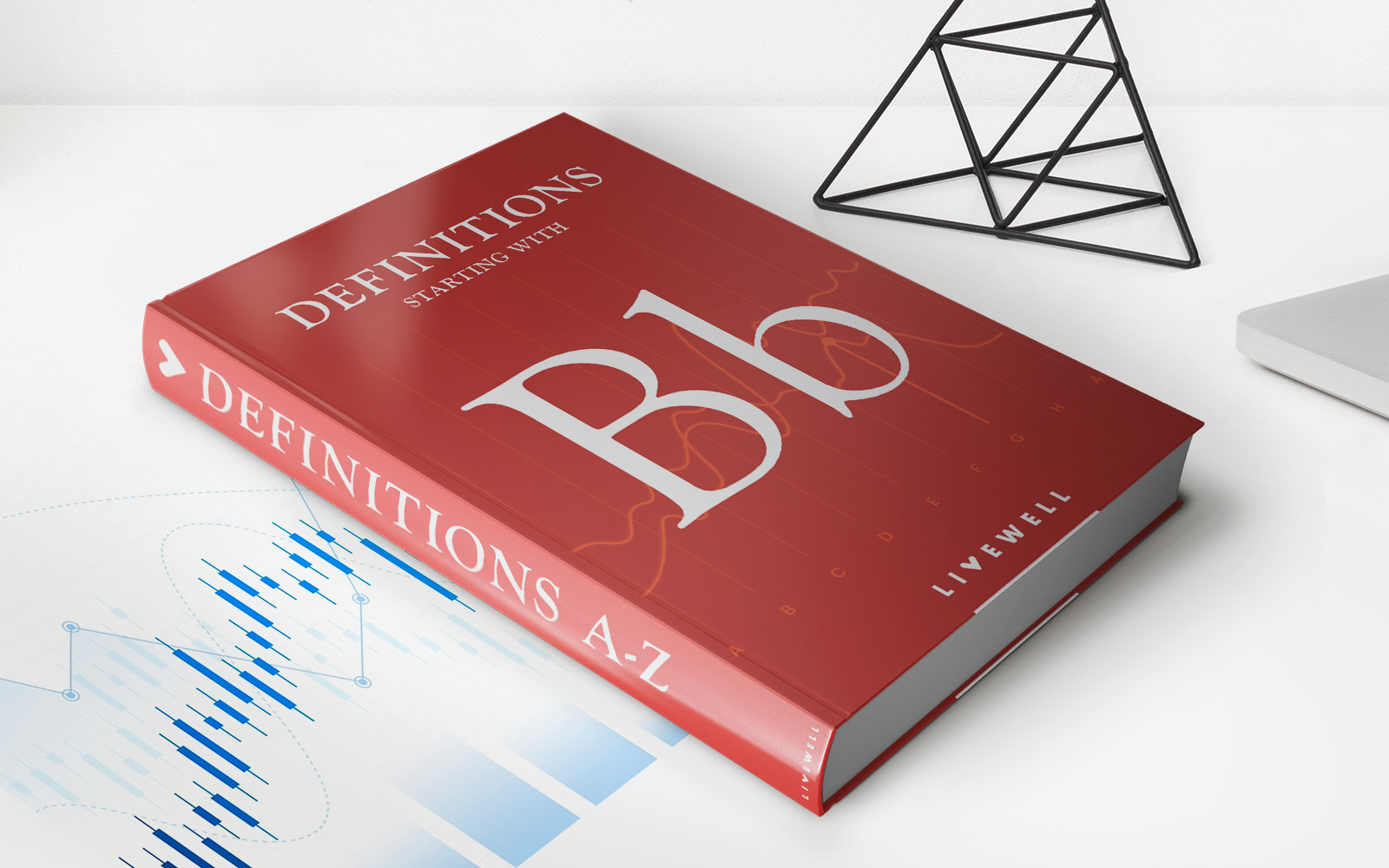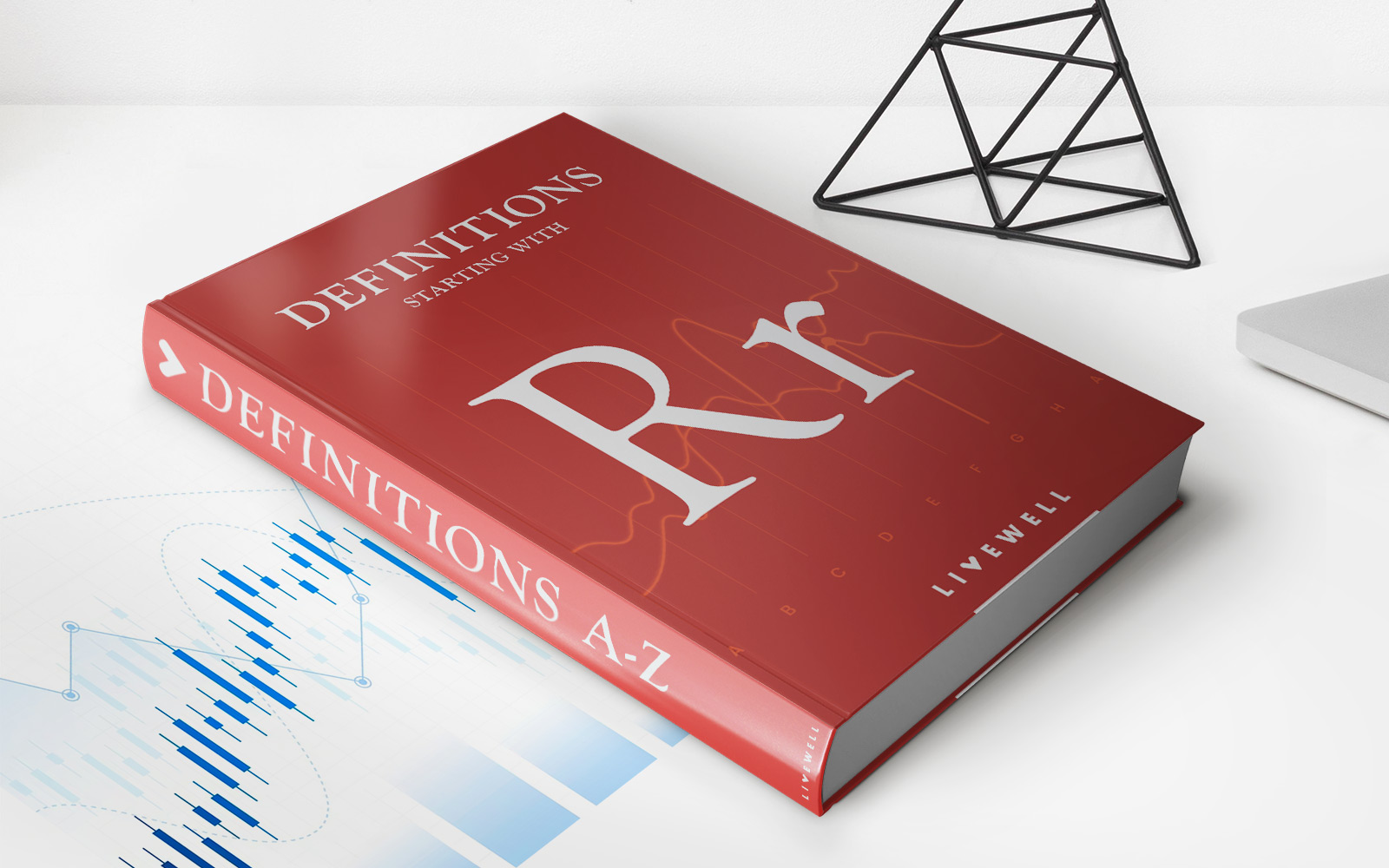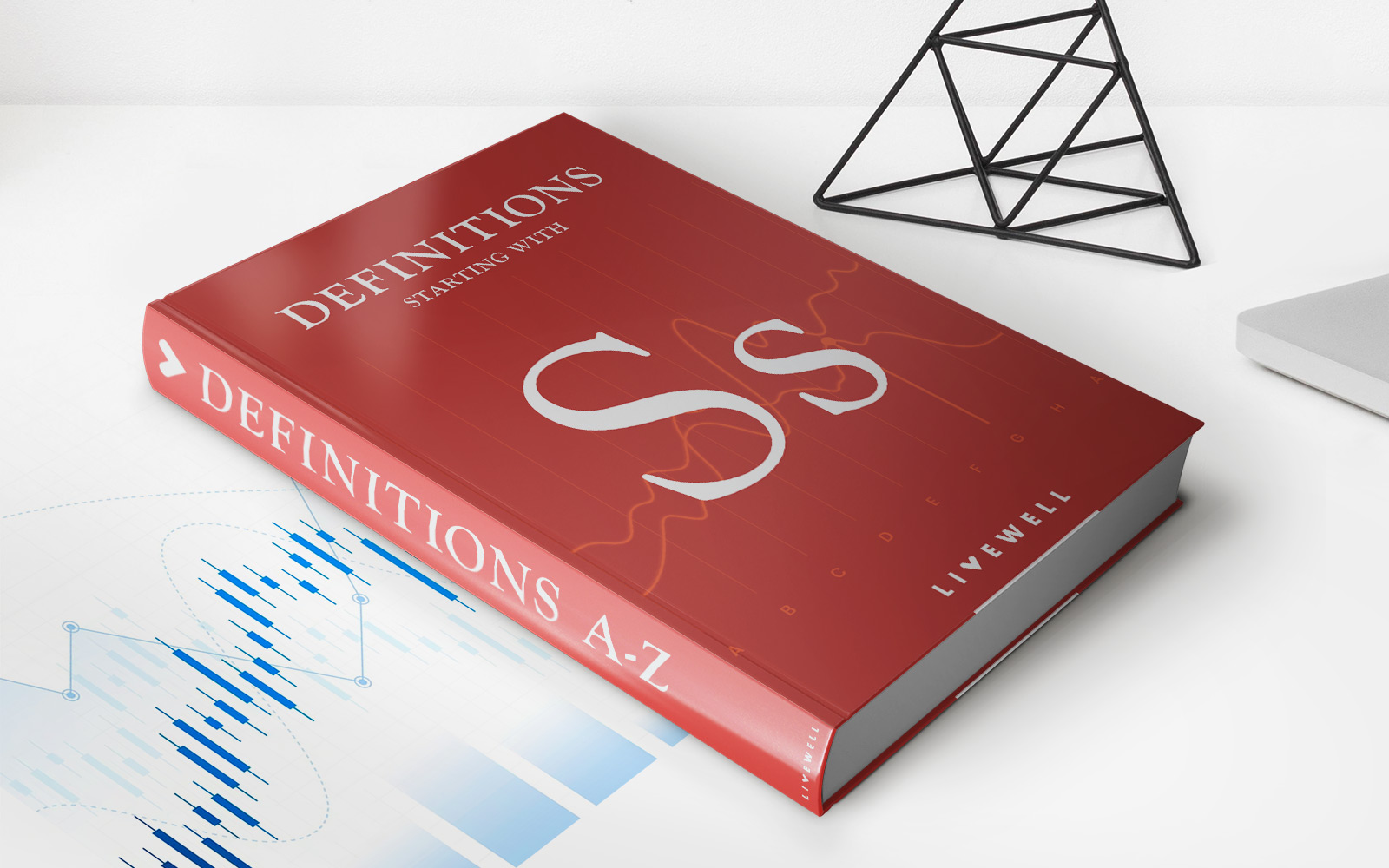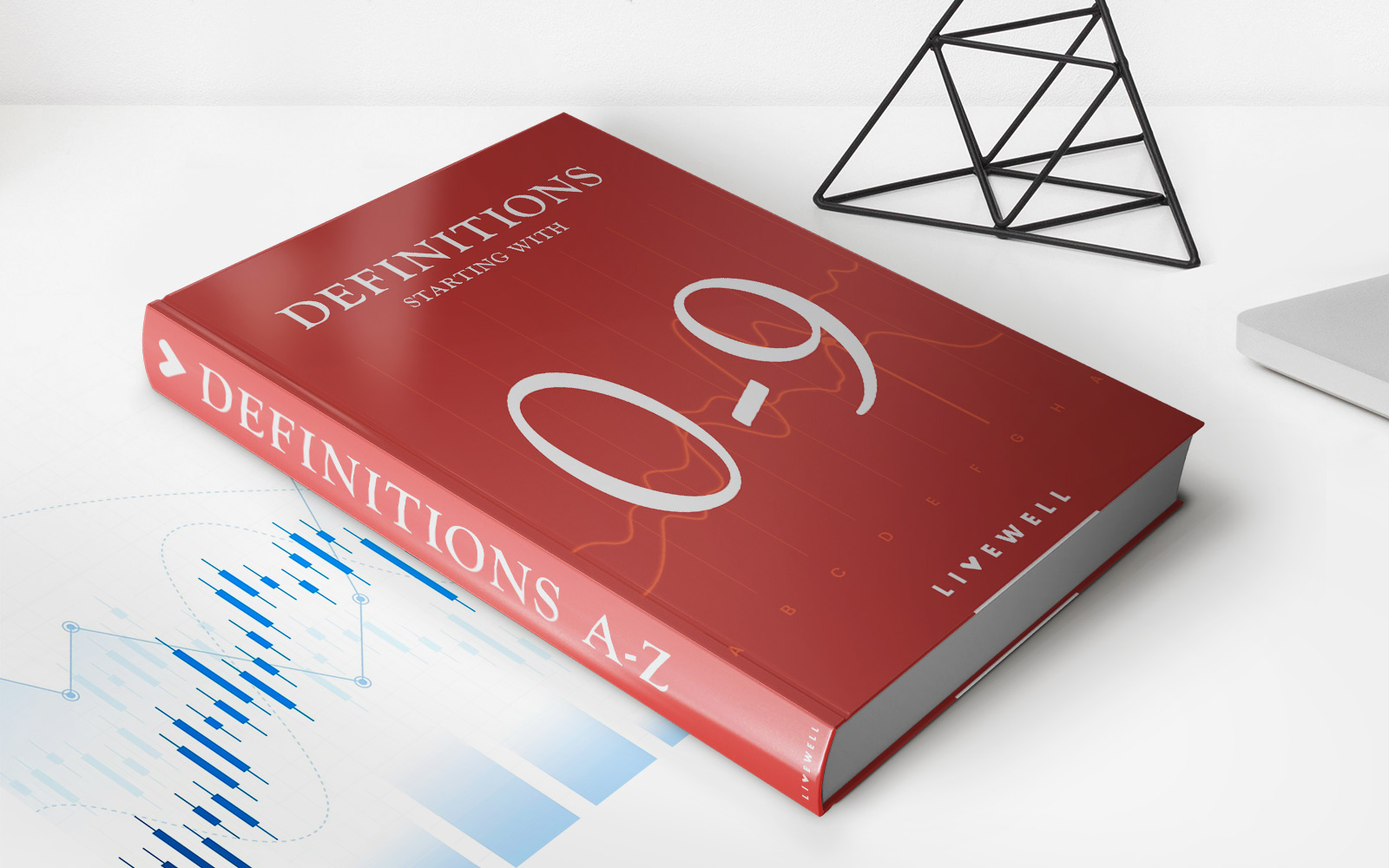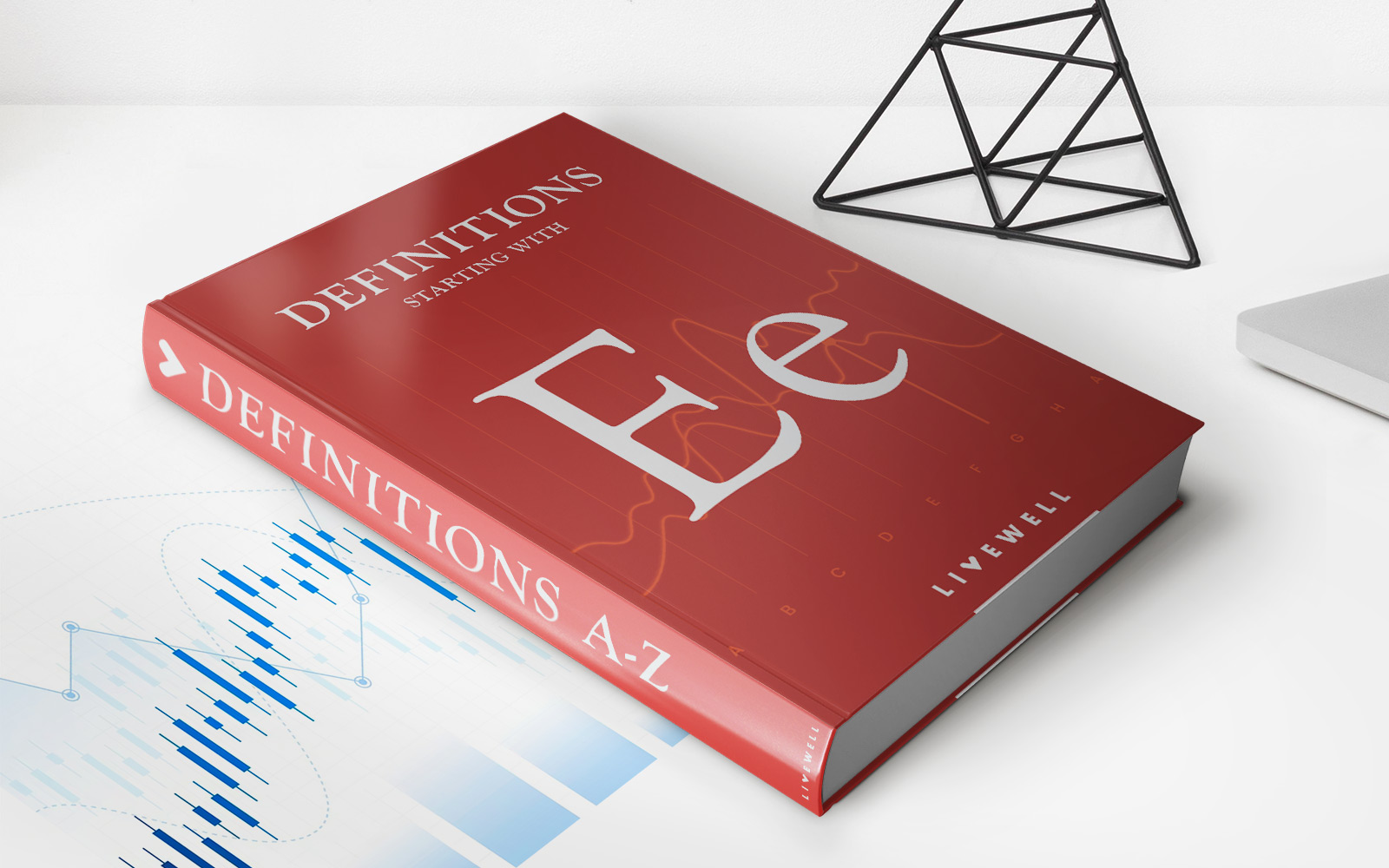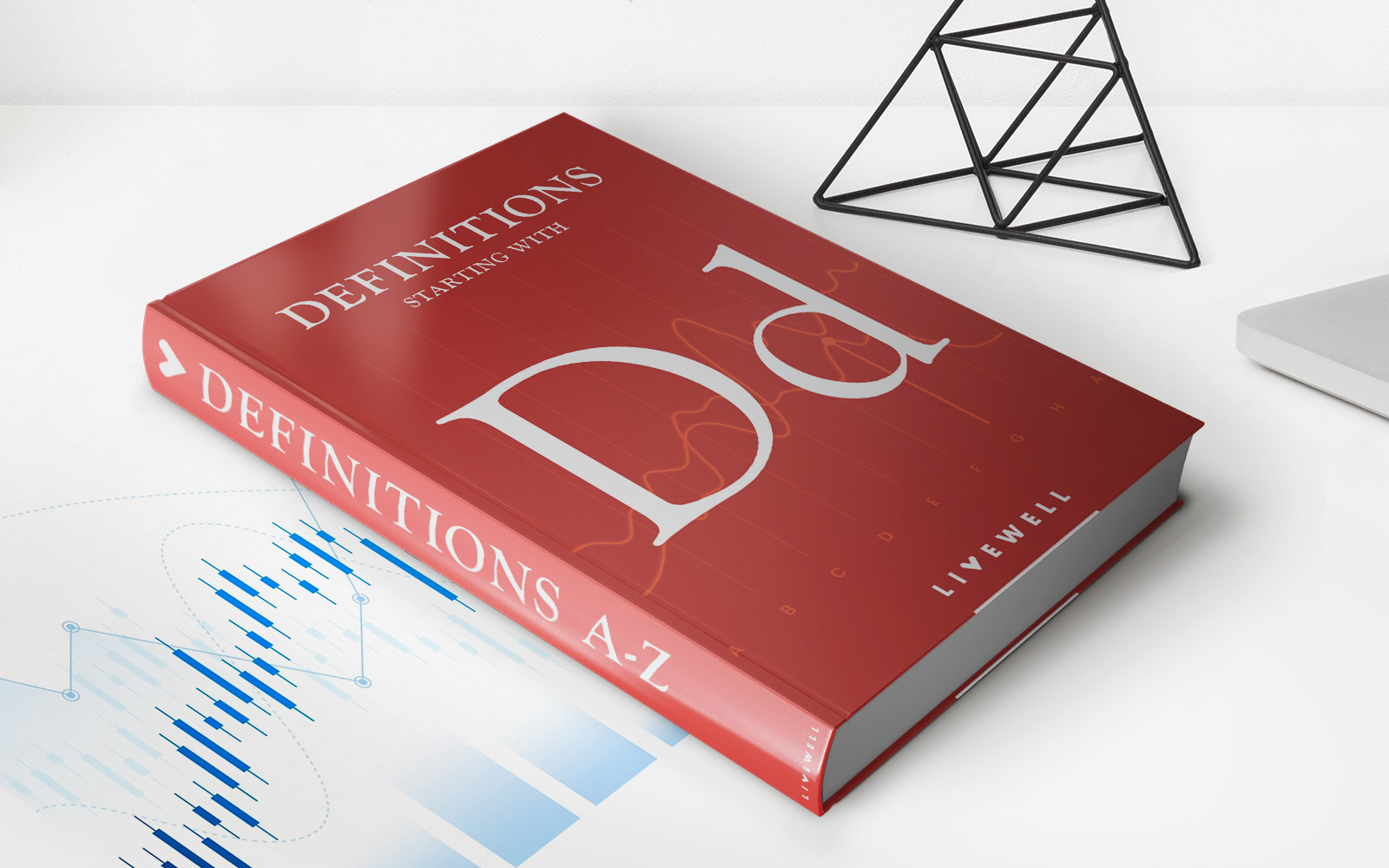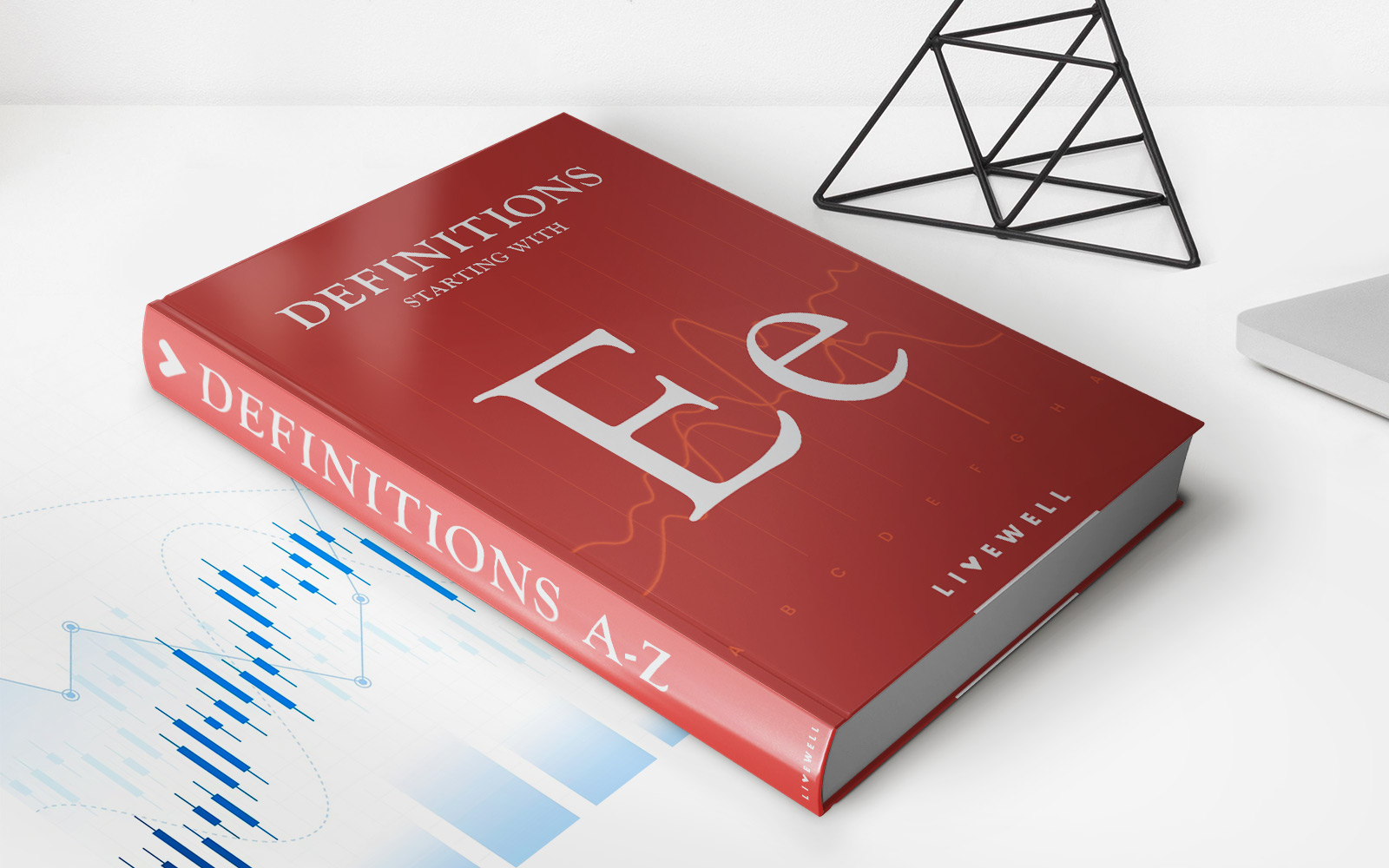Home>Finance>Medium Of Exchange: Definition, How It Works, And Example
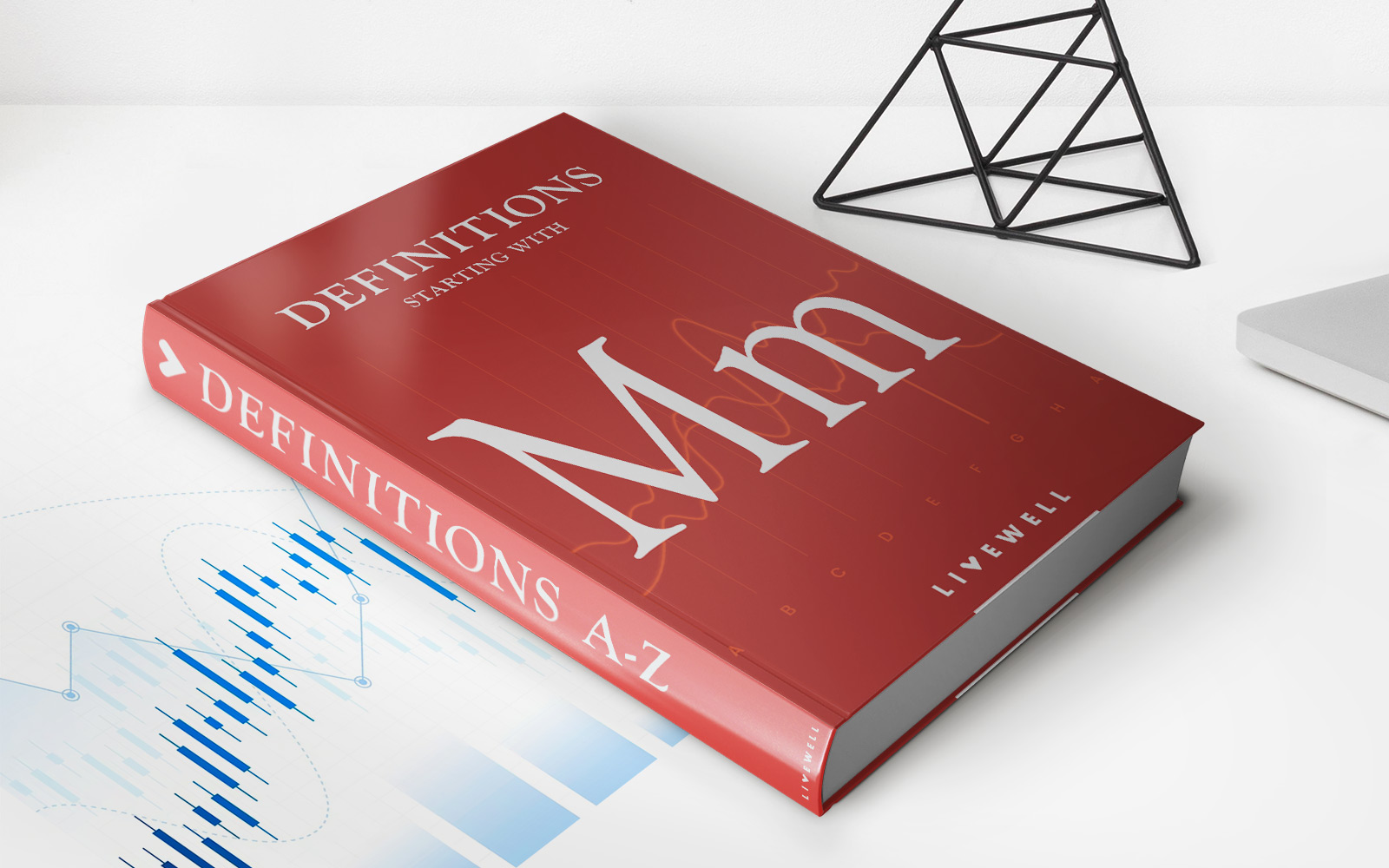

Finance
Medium Of Exchange: Definition, How It Works, And Example
Published: December 24, 2023
Discover the definition, workings, and examples of medium of exchange in finance. Explore how this important concept fuels economic transactions.
(Many of the links in this article redirect to a specific reviewed product. Your purchase of these products through affiliate links helps to generate commission for LiveWell, at no extra cost. Learn more)
Medium of Exchange: Definition, How It Works, and Example
Have you ever wondered how we buy goods and services in an economy? The answer lies in the concept of medium of exchange. In this blog post, we will explore what exactly a medium of exchange is, how it works, and provide an example to help you better understand its significance in the world of finance.
Key Takeaways:
- A medium of exchange is a commonly accepted item or form of currency that is used to facilitate transactions.
- Money, in the form of cash or digital transactions, is the most common medium of exchange in modern economies.
Let’s dive into the world of medium of exchange!
What is a Medium of Exchange?
A medium of exchange is a commonly accepted item or form of currency that is used to facilitate transactions between buyers and sellers. It acts as a measure of value and enables the seamless exchange of goods and services in an economy.
In simpler terms, a medium of exchange is like a bridge that connects individuals and allows them to trade things of value. Instead of directly bartering one good or service for another, people can use a medium of exchange to make transactions more convenient and efficient.
How Does a Medium of Exchange Work?
Imagine a scenario where you want to buy a new smartphone. Instead of finding someone who is willing to trade their smartphone for something you have to offer, you can use a medium of exchange such as cash or credit/debit card to purchase the smartphone from a store.
Here’s how it works:
- You determine the value of the smartphone and carry an equivalent amount of cash or a credit/debit card issued by a financial institution.
- You visit the store and select the smartphone you want to purchase.
- You present the cash or use your credit/debit card to pay for the smartphone.
- The store accepts the payment as a medium of exchange and gives you the smartphone in return.
By using a medium of exchange, the transaction becomes much simpler and faster. It eliminates the need for direct bartering and enables a smooth flow of goods and services in the economy.
An Example of a Medium of Exchange
A classic example of a medium of exchange is physical money, such as banknotes and coins. These tangible forms of currency are universally accepted in most economies and can be easily exchanged for goods and services.
For instance, let’s say you visit a coffee shop to buy your favorite latte. The cashier only accepts payment in the local currency, so you use your cash to purchase the latte. In this case, the cash acts as the medium of exchange, allowing you to acquire the coffee in exchange for the value of the cash you provided.
In addition to physical money, we also have digital transactions as a modern medium of exchange. With the rise of online shopping and digital banking, we can now use credit/debit cards or even cryptocurrencies like Bitcoin to make purchases and complete transactions electronically.
In Conclusion
A medium of exchange plays a fundamental role in the functioning of an economy. Whether it’s physical money or digital transactions, it enables individuals to trade goods and services easily and efficiently. By understanding the concept and significance of a medium of exchange, we can appreciate the interconnectedness and convenience it brings to our daily lives.
So the next time you make a purchase, take a moment to appreciate the power and importance of the medium of exchange!
